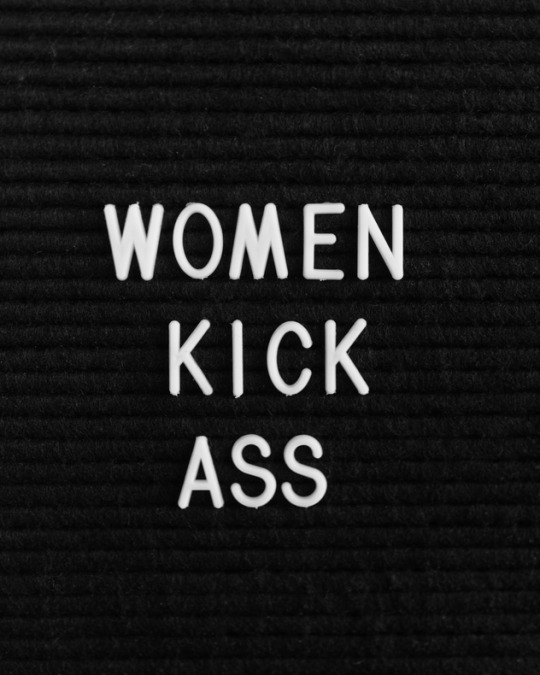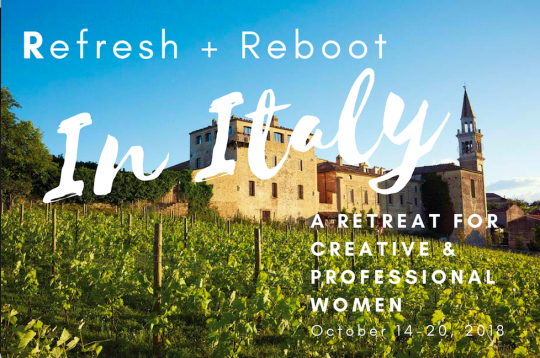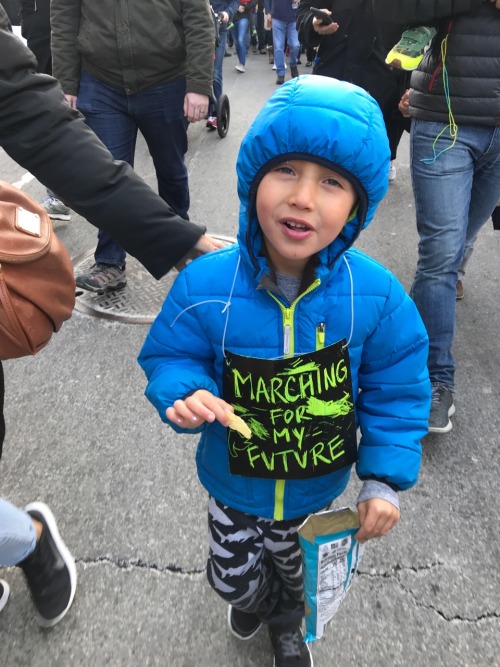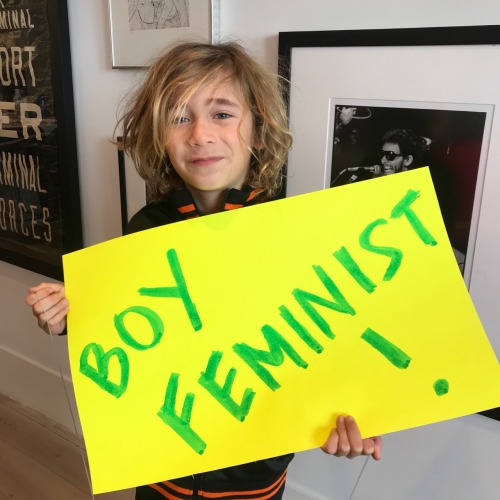
When my co-founder Jenny Galluzzo and I were launching the Second Shift a trusted advisor warned us that we would need to “work 16 hours a day, seven days a week to build a company that ensures women never have to work that way again if they don’t want to.” He was right. We did so – for years.
For many of us, founding a company or working for ourselves, means working all the time. But this approach isn’t sustainable, and it certainly doesn’t guarantee success. In fact, a trusted advisor who seems to do a great job of balancing it all recently told me, “Working all the time for the sake of working doesn’t move the needle. It just makes you, and everyone you love, miserable.“ In my case, that advice rang true and it drove me to really think about the best ways to manage my time.
I came up with my own approach to being more productive and asked my colleagues at the Second Shift for theirs. I’m sharing our tips here with you with that hope that you’ll find new ways this year to do more with less.
Tip #1 is the one I honed after realizing working all the time wasn’t necessarily moving the needle forward.
“I stay off email on the weekend. I take a moment to step away and be present in a way that I can’t when I am constantly hitting refresh.”
Fact is – our bodies have natural “work and rest” cycles built into them. If you work without breaks, you will burn out mentally and physically. For me, taking a break from email on the weekends gives me the space I need to recuperate and come back stronger.
Tip #2 comes from our CFO, Kemp Shift.
“My daily priorities are succeeding professionally, spending time with my family, and exercise. The only way I have found to make this work is to wake up early. 5.30 am. Every. Single. Day.”
The average U.S. individual wakes up between 6:00 am and 7:30 am, which means that waking up before 6:00 am gives you a jump on your day! It also means that you’ll have time to focus on your primary goals without your phone buzzing and emails flying. Richard Branson, Arianna Huffington, and Mark Zuckerberg are notoriously early risers. Need I say more?
Tip #3 comes from our UX Designer, Chris Steib:
“Everything I do – whether it’s an app design, a client pitch, a product strategy, a short story, a home project – starts with a pen + paper. Specifically, PilotG-Tec-C4 and a Moleskine squared journal. It helps me proliferate expendable ideas so that I may quickly narrow down to the one worth pursuing.”
According to LifeHacker.com, it’s scientifically proven that writing things down will help your brain work overtime to get them done. “Writing stimulates a bunch of cells at the base of the brain called the reticular activating system (RAS). The RAS acts as a filter for everything your brain needs to process, giving more importance to the stuff that you’re actively focusing on at the moment – something that the physical act of writing brings to the forefront.” The pen is a mighty weapon – so use it!
Tip #4 comes from our COO, Michelle Pae, who believes in:
“Timeboxing. Set a fixed amount of time to work on a given task, emails, research, etc. and then when the time is up, move on to the next thing.”
According to Entrepreneur, you can’t just mentally plan to get things done. You have to calendar what you are going to do and when you are going to do it, and then keep the appointment as if it were a dinner with your top client. Timeboxing enables just that.
Finally, Tip #5 comes from my co-founder Jenny Galluzzo:
“Everyday is a different set of family, friend and work priorities. I find extra time late at night and early morning to get everything done that needs to get done!”
If you work standard office hours, you’ve probably realized that you’re not always at your peak. The 9 to 5 grind is often at odds with our natural productivity rhythms. Try identifying your most productive work times by paying close attention to your energy and focus throughout the day. You may find you are an early bird or a night owl. Be sure to schedule your most difficult tasks for the time when you tend to feel most energized and motivated.
In summary
A recent survey by The Alternative Board (TAB) found that 84 percent of business owners put in well above 40 hours of work per week, and 1 in 10 feel continually overwhelmed by their workload. A commitment to working smarter, not necessarily harder, is helping our team at the Second Shift double their days. Here’s to your most productive year yet.

















